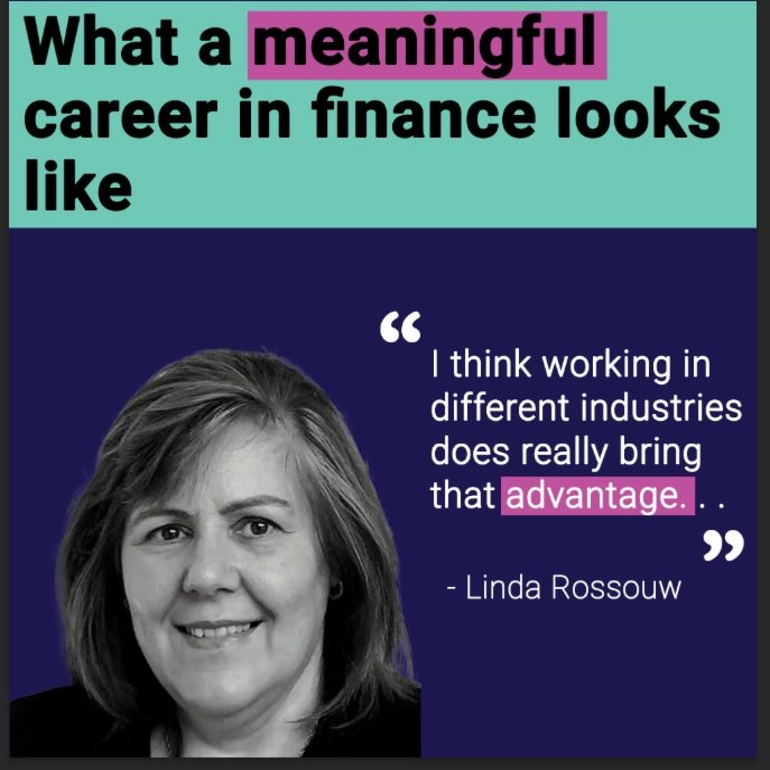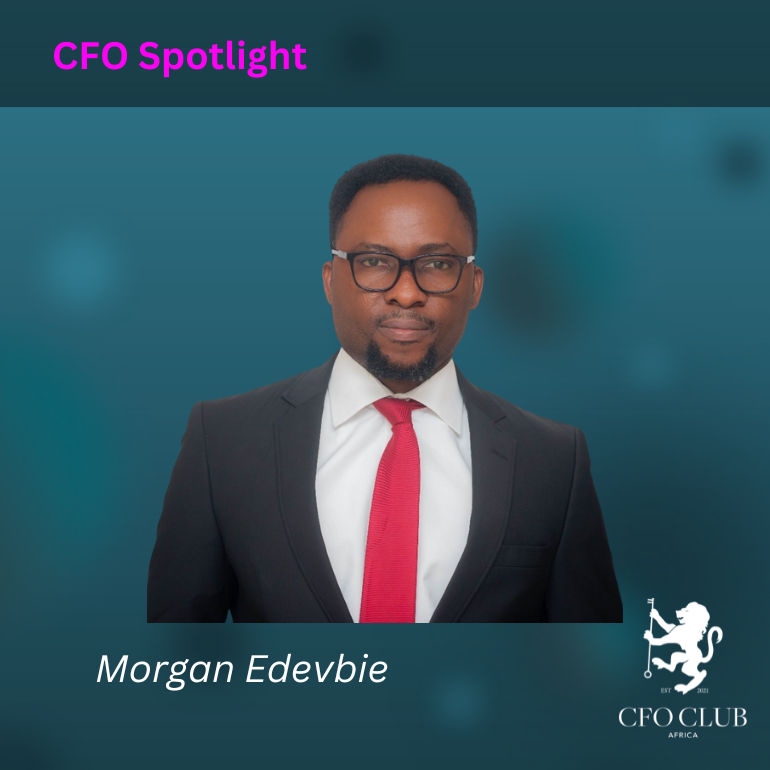Playing It Smart with Idle Cash
How CFOs Are Turning Treasury into a Strategic Growth Engine
If you’re still treating your treasury function like a glorified savings account, you’re leaving strategic value—and hard cash—on the table. Today’s corporate treasurer isn’t just keeping the lights on. They’re quietly driving value, managing risk, and influencing your ability to fund growth. And if you’re the CFO, that responsibility (and opportunity) lands squarely in your lap.
Because let’s face it—volatile interest rates, tightening liquidity, FX instability, and ESG pressures aren’t going anywhere. So how you manage corporate cash is no longer just operational—it’s reputational, strategic, and financial.
What Every CFO Needs to Lead On
Smart investment strategy starts with asking: What’s the purpose of this money? It sounds simple, but too many organisations lump all surplus cash into one pot and hope for the best. That’s not a strategy. That’s inertia.
As CFO, your job is to champion a framework that segments cash into three buckets:
- Operational Cash – This is your short-term working capital. Keep it safe, accessible, and boring.
- Reserve Cash – Set aside for emergencies or near-term opportunities. Think higher yield, but still liquid.
- Strategic Cash – Longer-term funds that can be invested for better returns. This is where your policy needs to shine.
The segmentation isn’t just tidy accounting. It’s the backbone of everything—from how you structure investment approvals to how you defend decisions to your board.
Asset Allocation Without the Nonsense
Let’s strip away the jargon. Your investment options boil down to three variables: liquidity, yield, and risk. Your treasury team may deal with the mechanics, but you set the rules of engagement.
Here’s where most CFOs drop the ball: they adopt an ultra-conservative stance without reassessing it for years. Or worse—they chase marginal yield and walk straight into a reputational minefield.
You need a policy that:
- Defines permissible instruments (corporate paper, bonds, term deposits, etc.)
- Sets duration and counterparty limits
- Aligns investment decisions with your broader capital structure and debt strategy
Think beyond the textbook. If you’re operating in multiple currencies, dual-currency deposits or FX-hedged funds may be game-changers. If ESG is on your board’s radar, green bonds or socially responsible funds might be the right strategic play.
Yes, Technology Matters Here Too
If you don’t have real-time visibility into your global cash position, your treasury team is flying blind—and so are you.
A robust Treasury Management System (TMS) isn’t a nice-to-have anymore. It’s your early-warning system. It gives you:
- Instant access to idle cash opportunities
- Alerts on policy breaches or liquidity mismatches
- Scenario planning for interest rate hikes or FX volatility
And let’s not forget automation. Your team should spend more time analysing investment options and less time reconciling spreadsheets.
The Governance Bit (Don’t Skip This)
This isn’t just about getting better returns. It’s about not screwing it up.
You need a board-approved investment policy that’s reviewed annually. Not because governance boxes need ticking—but because no CFO wants to explain an investment loss that wasn’t signed off, or a liquidity crunch that blindsided the group.
At a minimum, your policy should include:
- Investment objectives and principles
- Clear signatory and authority levels
- Reporting cadence and performance benchmarks
- Breach protocols and risk escalation procedures
And please—make sure internal audit has access. Treasury isn’t immune from internal fraud or process failure. You want your controls tight and your reviews frequent.
What’s New, What’s Next
If you haven’t updated your approach in the last 18 months, you’re already behind. Here’s what forward-thinking CFOs are looking at:
- AI-Powered Cash Forecasting – Goodbye guesswork, hello accuracy.
- ESG-Linked Deposits – Align your cash management with corporate values.
- Blockchain-Based Treasury Products – Still emerging, but not as far off as you think.
The bottom line? Treasury is no longer an administrative support role. It’s a key player in delivering shareholder value—and you, as CFO, set the tone.
Your Treasury Action Plan
Here’s your CFO-level checklist:
- Is our cash segmentation model clear, documented, and operationalised?
- Do we have a living, breathing investment policy—reviewed at least annually?
- Are we earning competitive, risk-adjusted returns—or just “safe” returns?
- Is our treasury technology supporting real-time decision-making?
- Are investment decisions aligned with our strategic capital plan, not just today’s interest rate?
If you answered “no” to more than one of these, it’s time to recalibrate. Treasury can—and should—be a profit centre, not just a cash custodian.
Final Word
Managing corporate cash isn’t glamorous. It’s not the big M&A headline or the fancy board presentation. But get it right, and you’ve got the firepower to fund strategic growth, impress your board, and sleep better at night.
And let’s be honest – there’s no excuse for lazy money in a well-run business.





